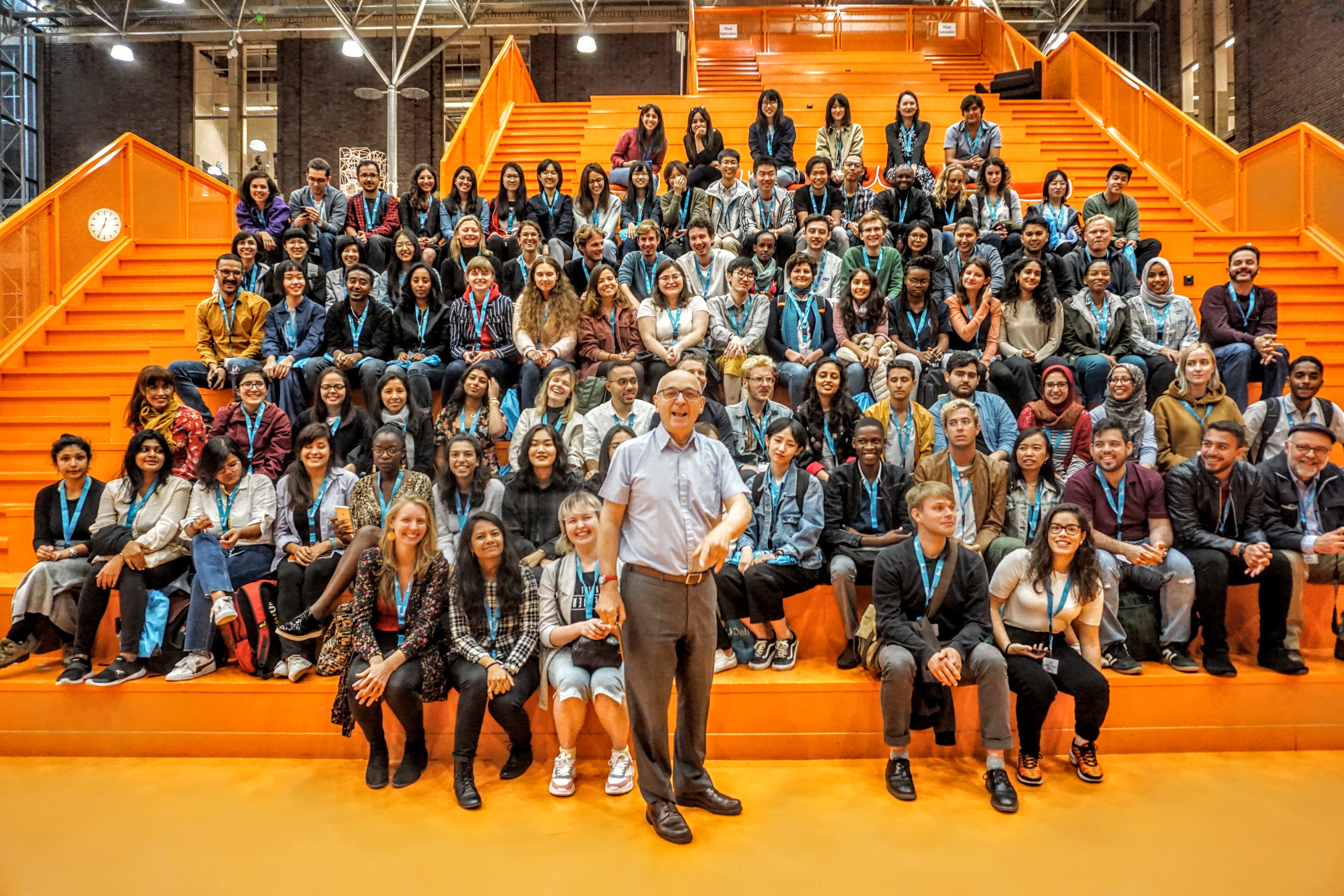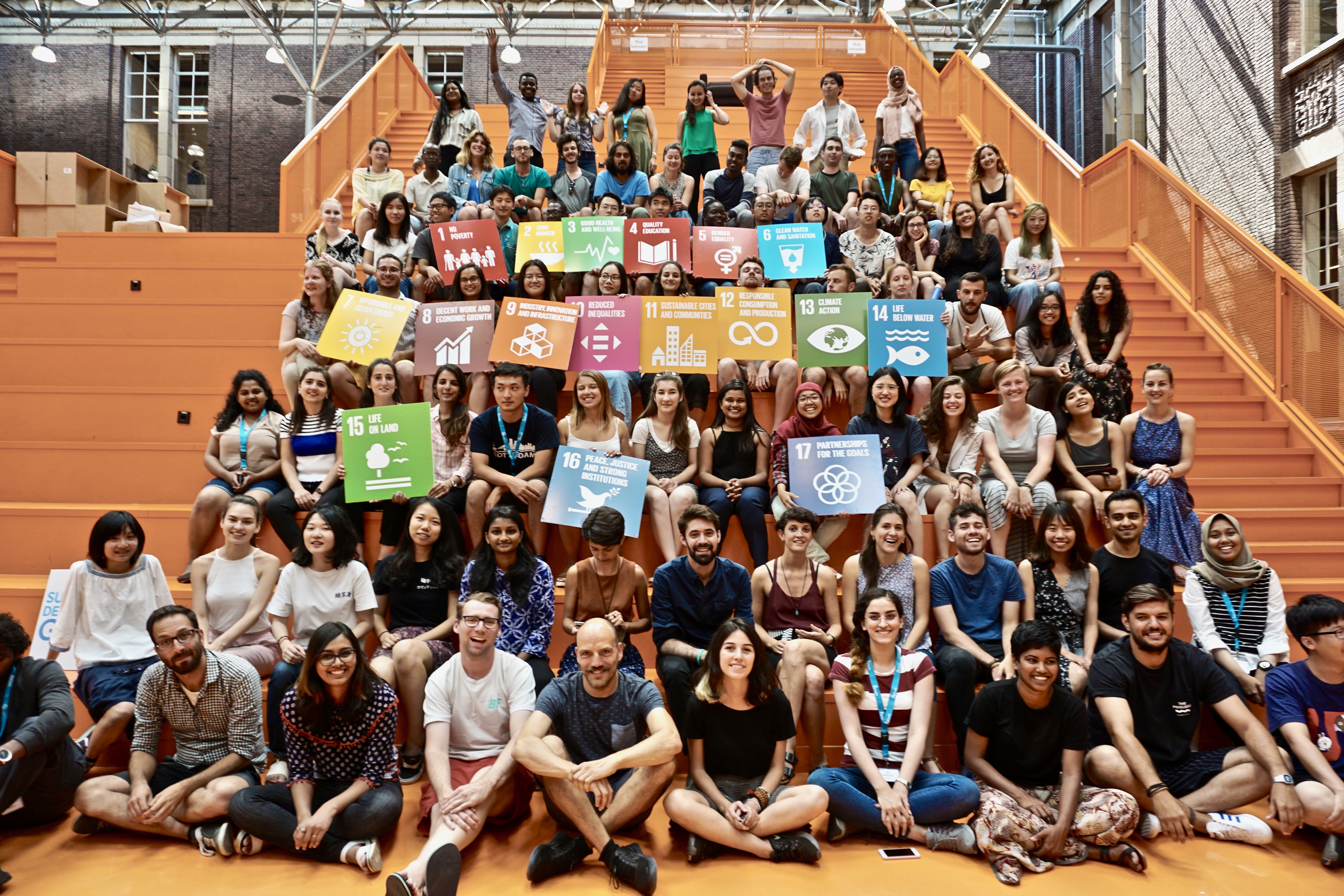
Why a Summer School for the Just City?
Social justice is undoubtedly one of the greatest challenges of our times, as RAMPANT inequality erodes the fabric of our societies EVERYWHERE, undermining trust in governments and institutions, leading to violence and extremism, and eating at the very core of democracy.
Growing inequality is a threat to the sustainability of our cities, especially when sustainability is understood in its three fundamental dimensions (social, economic, and environmental). Social sustainability is underexplored in sustainability studies and the absence of this dimensions in MOST sustainability study programs means there is an ENOURMOUS gap to be filled.
Among the many sustainability challenges faced by our cities today, water justice via reponsible water management is one of the most pressing. Issues include the provision of fresh water and sanitation to growing urban populations in the Global South, the preservation of natural water environments, pollution and contamination of water sources, flood risk management and last, but certainly not least, tackling the consequences of climate change[1] (ICPR, 2013).
This is why we believe that every city must be planned and designed “from the ground up”, that is to say, taking into account its particular geography and water resources. But cities also need to be planned and designed by all who make it in participatory ways. This is why this summer school unapologetically upholds democracy and the right to the city as its core tenets.
The Netherlands has a long and rich tradition of bringing together water management, urban development and spatial justice. Initially a country built on swamps and marshes, threatened continuously by the sea, with a large portion of its territory below sea level, the Netherlands is known today as a reference for outstanding achievement in combining water management, urban design and planning with a reasonable distribution of the burdens and benefits of this development. Building on territorial conditions that even the Romans considered inferior forced the Dutch into vision building, cooperation and carrying out urban plans collectively as early as the sixteenth century.[2] This societal model, knowns as the “polder model”, has engendered a society where collective action, consensus seeking and faith in institutions play a central role. This is fertile ground for a dynamic, stable and progressive democracy and some of the best cities in the world.
The Netherlands is also a leader in engineering and in technological solutions for dealing with water issues, particularly flood risk. Much has been achieved in reclaiming and protecting land, but in face of continuing environmental threats and climate change this battle to contain flood risks is now seen as futile. This means that rather than fighting the water, the Dutch now seek to work with the water system in order to create more sustainable and prosperous cities and regions.
This paradigm shift has produced new approaches towards safety and urban development. In order to promote safety from flooding from the sea and rivers, a “Multi-Layer Safety Approach” was introduced. Here, there are three levels of safety advocated. The first is protection, the second is adaption and the third is retraction. Another crucial policy that represents this paradigm shift is the “Room for the River” programme, which enables rivers to cope with huge amounts of water flow and limits the risk of flooding. This programme is reversing some of the past engineering works to allow rivers to flood large areas of land in times of risk, in order to protect the rest of the country. Rijkswaterstaat (the Dutch Agency for Public Works and Water Management) is using the “Room for the River” programme to improve the overall environmental quality of the Delta and to prepare for climate change[3].
At the urban scale, Dutch municipalities have produced Water Plans that do not restrain themselves to technical solutions for dealing with rainwater, but are looking for durable and resilient spatial solutions that can be incorporated into the planning and design of urban environments, such as water squares, parks and underground water storage.
These water management policies and measures have consequences for how cities and regions are designed and managed. They imply different ways of occupying the land and managing territories, different ways of planning and design, and require new adaptive ways of co-habitation with water bodies.
But how can all those things be designed and implemented in a modern planning framework, where participation, accountability, efficiency and economic feasibility are key elements? Through the elaboration of a vision and an urban plan, we will conceive a spatial strategy that effectively integrates the technology of water management and urban development in a case study in The Netherlands.
[1] http://www.government.nl/news/2013/11/01/future-challenges-for-sustainable-water-management-in-the-rhine-catchment-area.html
[2] Hooimeijer, F.L. (2011) The tradition of making: polder cities. Delft: TUDelft
[3] http://www.ruimtevoorderivier.nl/meta-navigatie/english/room-for-the-river-programme/


